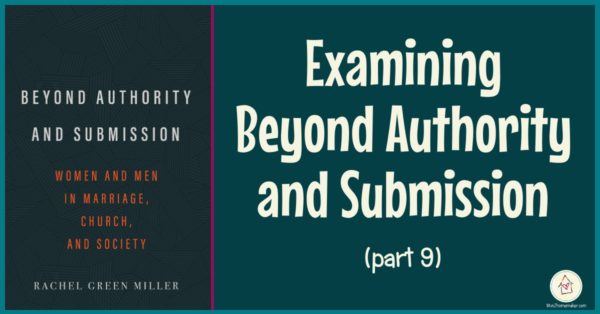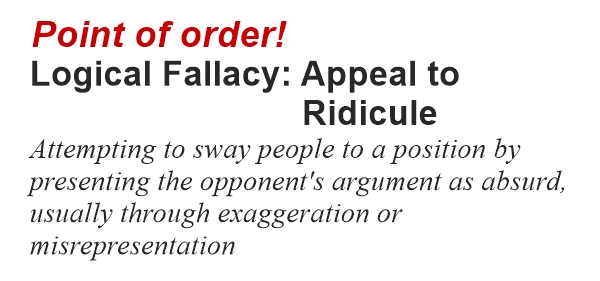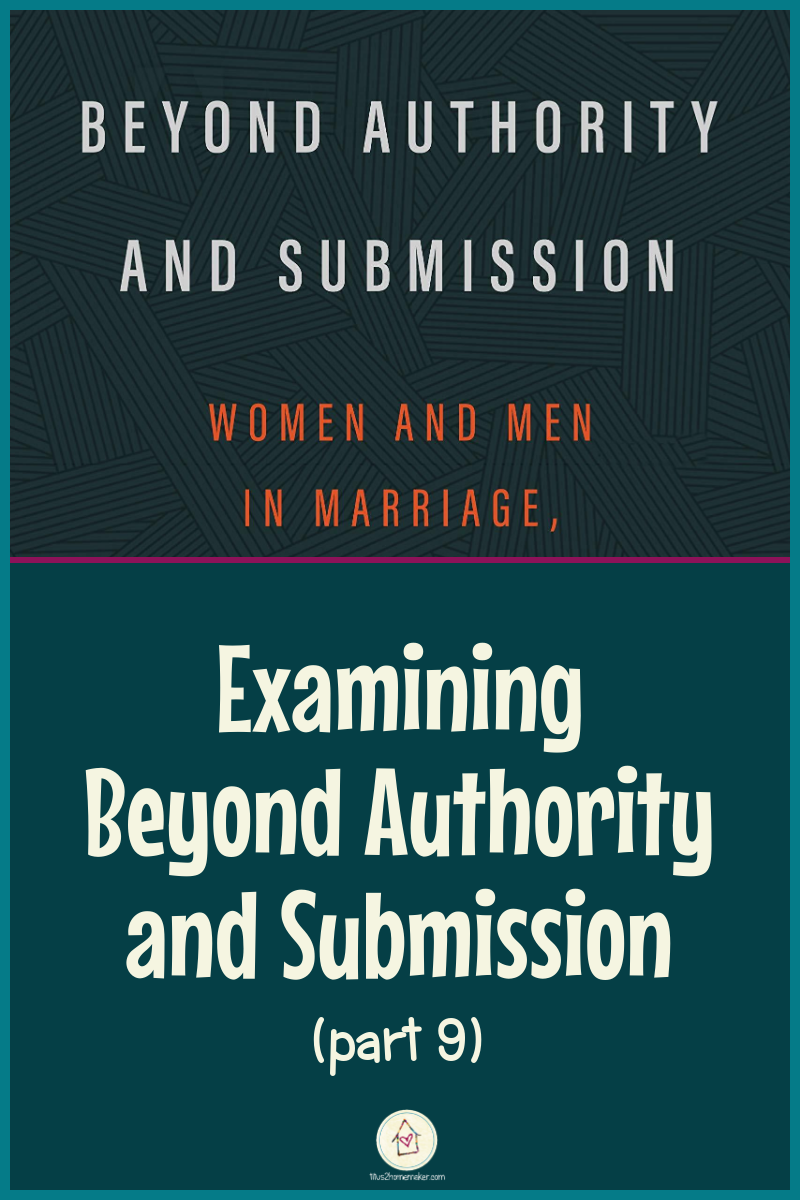
(Missed part 8? Read it here. Or start from the beginning.)
The Bible on Women, and Men — Good, but Unbalanced
Chapters 8 and 9 are, in my estimation, the most valuable part of this book. Although I might have a few minor quibbles over details, by and large I found these biblically and logically sound, and effective for their stated purpose.
“In [chapter 8] we will look at biblical women who performed behaviors that are often defined as masculine.” (p. 126)
“The Scriptures give us a much greater range of feminine behavior and actions than the prevalent complementarian definition of femininity does. If we allow the Bible to be our template for appropriate behavior, women will have more freedom to use their gifts and talents in ways that will glorify God.” (p. 136)
A similar pattern is used for chapter 9, as relates to masculinity.
These chapters are well-done, and an important addition to the conversation. However, when you consider that they cover only those women acting in ways traditionally considered masculine and men acting in ways traditionally considered feminine, and that Miller has consistently demonstrated disdain throughout the book for any descriptions of women being described in traditionally feminine ways or men being described in traditionally masculine ways, the overall balance we’re left with is biased.
I’m reminded of parents who say they “aren’t bound to gender roles,” so their daughters are not allowed to have dolls. It isn’t disregard for traditional gender perceptions; it’s an active attempt to turn them completely upside-down.
Then Comes Marriage
Views on marriage (and men and women, for that matter) vary in the details, and this is an important point to be aware of. “Conservative Christians” are not a homogenous bunch and should not be embraced or rejected as a unit. Rather, individual beliefs should be accepted or rejected on their own merits.
Given the jumbled nature of the chapters about “prevalent teaching on” women, men, and marriage, and given the manner in which many of the citations are decontextualized and manipulated, it is difficult to tell which of the claimed beliefs any of the cited individuals actually hold to. It should be noted, though, that probably most complementarians will accept some of the ideas represented here and reject others.
The author demonstrates a faulty understanding, though, of some of the views she presents (and discards), insinuating that they are unfounded and/or ridiculous by her incorrect and/or oversimplified explanations.

As one example, we’re told that “many conservative Christians teach that men have a unique role of authority over their families, like the Roman paterfamilias did. This comes from a particular application of Ephesians 5.” (p. 156) She goes on to talk about Paul’s parallel of marriage to Christ and the Church, and husbands as prophets, priests, and kings.
“Many conservative Christians” do “teach that men have a unique role of authority over their families.” Ephesians 5 may have some involvement here, but this view doesn’t have its primary basis in “a particular application of Ephesians 5.” It comes from 1 Corinthians 11, where we’re told that “the head of every man is Christ, the head of woman is man, and the head of Christ is God.” (1 Cor. 11:3) It comes from Ephesians 3, where we’re told that God the Father is where earthly family gets its name. (Eph. 3:14-15; the word “family” in Greek is etymologically related to the word “father.”)
It comes from the pattern God sets with His own fatherhood and as the Bridegroom. And it comes from the consistent teaching of passages throughout Scripture about fathers and husbands making declarations on behalf of their families (Jos. 24:15), bearing the authority (and responsibility) to have input into their children’s marriages, particularly in giving or not giving their daughters in marriage (Deut. 7:3; 22:13-21, 28-29), having the authority to nullify a vow made by their wives or unmarried daughters (Num. 30:1-16), etc.
The reader would never guess, from Miller’s mocking description, that complementarians have a carefully-studied position based on a large body of Scripture. (One might still disagree, but the actual argument should be interacted with, not just stated to be nonexistent.)
She continues to misrepresent the position, saying that the wife’s role in representing the church’s submission, as described in Ephesians 5, “isn’t the voluntary yielding of an equal; instead, it is rooted in the belief that it’s in a woman’s nature to be submissive.” (p. 159) Not surprisingly, this isn’t cited, as this would be an aberrant perspective. Complementarians generally believe that this is rooted in the nature of the relationship between a husband and a wife. I don’t know whether she truly doesn’t understand this, or whether she defiantly ignores the distinction, but Miller continually represents the idea that husbands inherently have God-given authority over their wives as being the idea that men (in general) have authority over women (in general).
Unity, or Independence?
She also fails to understand the concept of the household as a unified entity. For all her talk about the importance of “unity” and “interdependence,” what she seems to actually describe is “independence.” She complains that “a woman’s goals or priorities shouldn’t be separate from her husband’s or father’s,” in the view of many. (p. 160) She equates this to women as “an extension of men.” (p. 160) This is not a proper understanding, at least of some complementarians’ view.
The idea is not that a man is important and his wife and children are just “tacked on” to serve his egotistical purposes. The idea is that the man is the representative head of the unified whole that is the household, and all members of the household are working together interdependently toward a unified purpose. This is actually a much richer view of unity and interdependence than anything Miller suggests. Seeking to be “separate” is the pursuit of division.
The Gospel as Protection
“When marriage is emphasized as living out a picture of the gospel and as the highest calling for women, along with bearing children, it tends toward making marriage and family into idols.” (p. 165) Once again there are several different concepts lumped together here, but I would strongly disagree with the idea that “when marriage is emphasized as living out a picture of the gospel…it tends toward making marriage and family into idols”
I believe, in fact, the opposite is true. Emphasizing marriage as a picture of the gospel is not emphasizing marriage as the gospel. When marriage is emphasized as living out a picture of the gospel, it prevents our making marriage and family an idol, by keeping it front-and-center in our minds that marriage is not an end unto itself.

Leave a Reply